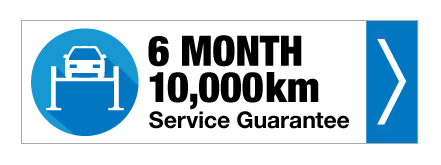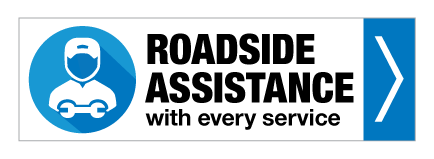We get more than our fair share of rain in Queensland, and the problem only gets worse during the wet season. Not only does heavy rain reduce visibility and increase braking distances, but it also creates standing water, which can cause your car to aquaplane. If you’ve ever experienced aquaplaning before, you know how scary and dangerous it can be. That’s why it’s absolutely vital that you understand what you need to do if you find yourself aquaplaning and how you can prevent it in the first place. This guide explains everything you need to know.
What is aquaplaning?
When water accumulates in front of your tires more quickly than the weight of your car can move it, it causes aquaplaning. As a result, a layer of water forms between your tire and the road, forcing water beneath the tyre.
Your tyres lose traction on the ground as a result. You can momentarily lose control of the vehicle and be unable to steer, brake, or accelerate if there is no traction.
Motorbikes are also vulnerable to aquaplaning – it can actually be a lot more dangerous for motorcyclists as losing control could result in the bike falling over.
Our top tips to avoid it
1) Check weather conditions before you set off
The best way to be safe is to avoid driving on roads that are likely to have standing water. However, if there is a risk of aquaplaning, it’s important to slow down and drive accordingly. Understand what could lie ahead, especially before a long-distance drive. Be prepared for spilt oil or mud on the roads. Look for and react to warning signs and alter your driving technique based on the weather and road conditions.
2) Slow down dramatically in wet weather
If the road conditions are wet or if there is a risk of standing water from flood damage or storms, slow down significantly. Your tyres have less grip on the road at higher speeds, and if the weather conditions are bad, then there’s a higher risk of aquaplaning. It’s better to reduce your speed than skid out of control. Also, stopping distances can double on wet roads so maintain a fair distance from the vehicle ahead of you.
3) Maintain the correct tyre pressure
Have your tyres checked regularly by a technician. Make sure that you’re also maintaining the correct tyre pressure at all times, and that you’re not underinflating them. If your tyres are too soft, it won’t only affect their performance, but it’ll also increase the risk of aquaplaning due to increased grip on wet surfaces.
4) Don’t use cruise control
While cruise control can be useful at times, you shouldn’t use it when the weather is bad. This is because it might cause you to get too close to other vehicles and increase the chance of collisions.
Cruise control can also cause uncontrolled wheelspin in an aquaplaning situation, making it especially dangerous. It should be switched off if there’s any likelihood of standing water on the roads
Aquaplaning is a risk that you must be prepared for, especially when the wet season hits. Follow these preventative tips!



